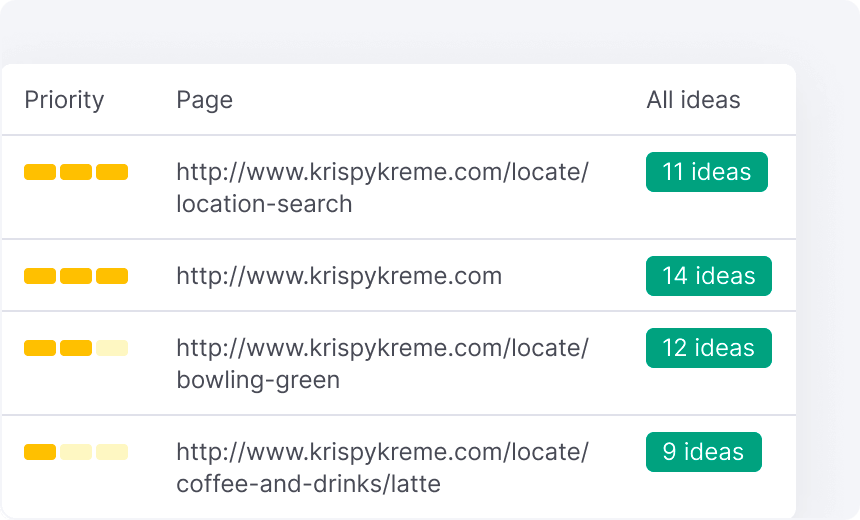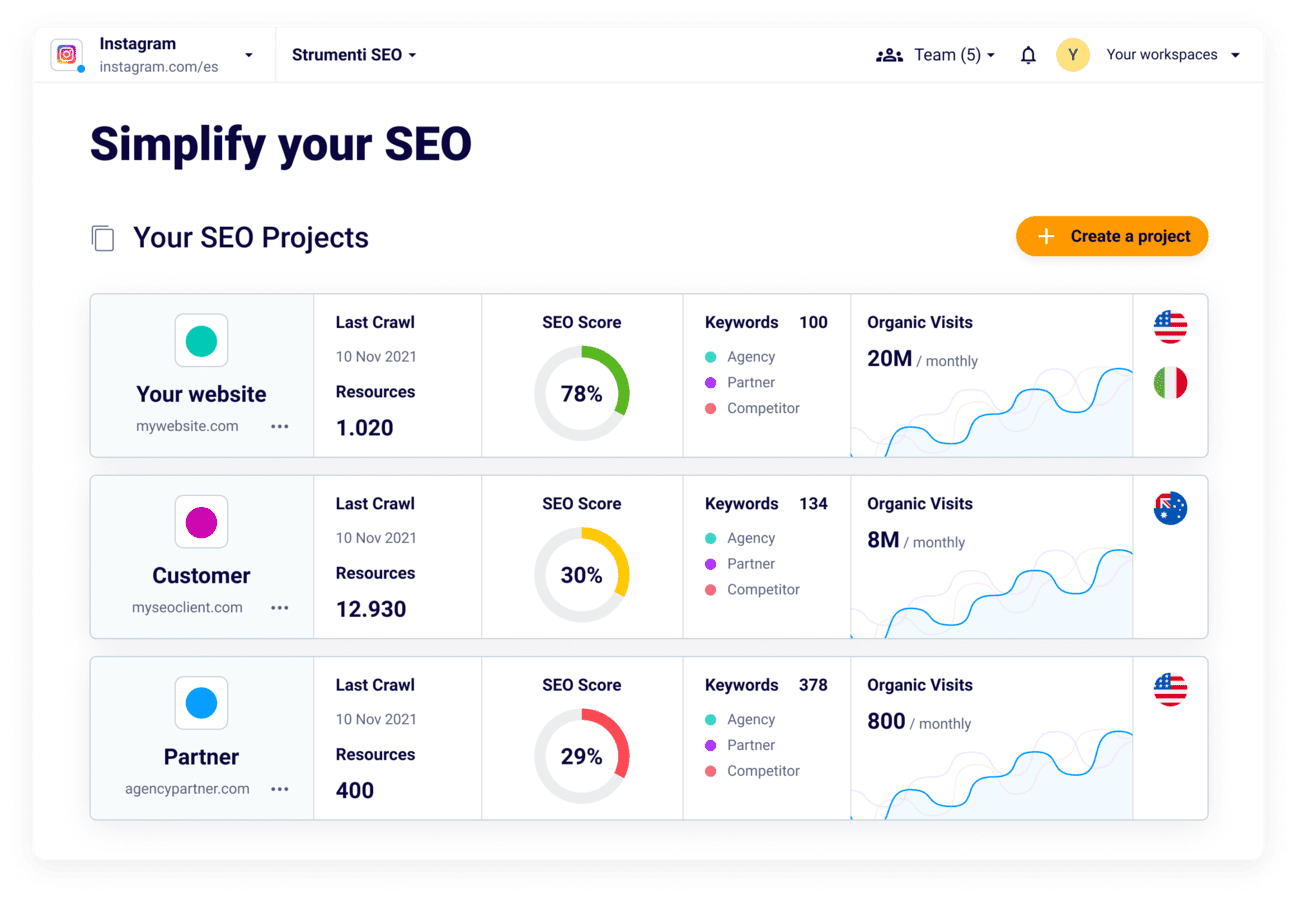Comprehensive Guide to What Is Ruled Out a Default Medium in Google Analytics
Comprehensive Guide to What Is Ruled Out a Default Medium in Google Analytics
Blog Article
Unveiling the Unconventional Mediums in Google Analytics Beyond Default Settings
In the world of digital analytics, Google Analytics stands as a foundation for businesses seeking to understand their online visibility. By venturing past the surface area and delving into the details of social media data, e-mail project performance, reference traffic sources, direct traffic patterns, and custom-made channel groupings, a prize chest of details waits for those ready to welcome a more nuanced method.

Leveraging Social Media Insights
Sometimes neglected, yet greatly beneficial, is the technique of leveraging social media sites understandings within the world of Google Analytics. By incorporating information from platforms like Facebook, Twitter, Instagram, and LinkedIn into Google Analytics, organizations can gain a much deeper understanding of their target market and the efficiency of their social media projects.
Through this assimilation, marketing professionals can evaluate and track individual habits on their internet site that originates from social media sites systems. They can determine which social media channels are driving one of the most traffic, which web content is resonating with the target market, and which campaigns are transforming one of the most leads. This insight enables data-driven decisions to maximize social media strategies and improve general advertising and marketing efficiency.
Furthermore, by incorporating social media insights with Google Analytics, organizations can develop a lot more targeted and personalized projects - what is not considered a default medium in google analytics. They can utilize market info, passions, and online actions collected from social media to refine their target market segmentation and supply customized messages that resonate with certain consumer groups. This targeted approach can lead to greater involvement, boosted conversions, and ultimately, enhanced roi
Uncovering Email Project Efficiency
Discovering Email Project Efficiency includes assessing key metrics and performance indicators to assess the effectiveness of email advertising and marketing initiatives. When diving into email campaign efficiency, it is crucial to assess metrics such as open prices, click-through prices, conversion rates, and unsubscribe rates. Open rates show the percent of receivers who opened the e-mail, supplying insight into the performance of subject lines and sender names. Click-through prices determine the portion of recipients that clicked links within the e-mail, revealing interaction levels. Conversion prices track the portion of recipients that completed a desired activity after clicking a link in the e-mail, such as authorizing or making a purchase up for a newsletter. Unsubscribe rates highlight the number of receivers that opted out of getting additional e-mails, dropping light on e-mail content quality and significance. By evaluating these metrics, online marketers can adjust their email advocate much better involvement and performance.
Analyzing Referral Traffic Resources
After reviewing the performance of email projects via essential metrics such as open rates and conversion prices, the following essential action is assessing referral website traffic sources in Google Analytics to comprehend where web site site visitors are originating from and how they communicate with the site. Recommendation website traffic resources describe the websites that route customers to your website through clickable links. By delving into this data, companies can acquire insights into which outside systems are driving traffic to their site, whether it be social networks platforms, partner sites, or on the internet directories.
Evaluating recommendation web traffic can offer useful info on the effectiveness of external marketing efforts and partnerships. It aids organizations recognize high-performing reference resources that contribute considerably to site traffic and conversions. In addition, by understanding the actions of site visitors coming from different referral resources, services can tailor their marketing strategies to maximize interaction and conversions. Google Analytics uses comprehensive records on recommendation traffic, permitting companies to track the performance of each reference source properly and make data-driven decisions to boost their on the internet presence.
Checking Out Straight Web Traffic Patterns
Exploring the straight traffic patterns in Google Analytics provides important understandings right into customer behavior and the efficiency of projects - what is not considered a default medium in google analytics. Straight website traffic describes visitors who land on a web site by straight typing the URL into their web browser, making use of book marks, or clicking untagged links. Understanding straight website traffic patterns can aid online marketers examine the influence of offline advertising and marketing initiatives, brand name acknowledgment, and the performance of word-of-mouth references
By diving right into direct web traffic data, companies can discover vital info regarding individual intent and brand loyalty. Evaluating the behavior of direct site visitors, such as the web pages they see, the moment invested on site, and the conversion rate, can provide a deeper understanding of customer involvement and the general efficiency of the this website site in converting site visitors right into consumers.
In addition, tracking straight web traffic patterns in time allows businesses to i was reading this recognize patterns, seasonality effects, and the success of specific projects or promos in driving direct visits. This details can then be made use of to refine marketing methods, maximize internet site material, and boost the total customer experience to maximize conversions.
Using Custom-made Channel Groupings
Making use of custom-made channel collections in Google Analytics allows organizations to categorize and assess their web site traffic based upon specific requirements, supplying beneficial understandings for enhancing advertising approaches. Custom channel collections make it possible for business to produce their own customized groupings of website traffic sources, such as social media, natural search, email campaigns, and reference traffic. By specifying these groups, businesses can obtain a deeper understanding of exactly how various marketing networks add to their website traffic and conversions.
This attribute is particularly beneficial for organizations with diverse advertising approaches across different systems. A business running both paid and organic social media projects can set apart between the two to evaluate their private performance precisely. In addition, personalized network groups can help identify any neglected or underestimated traffic sources that may be driving valuable engagement.
Conclusion

By venturing past the surface and diving right go to this website into the complexities of social media information, email project efficiency, recommendation website traffic sources, straight traffic patterns, and custom-made network collections, a prize chest of info waits for those willing to welcome a much more nuanced strategy. They can identify which social media networks are driving the most traffic, which web content is resonating with the target market, and which projects are converting the most leads.After examining the efficiency of e-mail campaigns with vital metrics such as open rates and conversion rates, the following essential action is assessing referral web traffic resources in Google Analytics to recognize where website visitors are coming from and exactly how they engage with the website. Custom channel collections allow firms to develop their very own tailored groupings of traffic sources, such as social media, organic search, email campaigns, and recommendation website traffic. By leveraging social media understandings, revealing email campaign performance, analyzing recommendation web traffic sources, checking out direct web traffic patterns, and making use of custom network groups, marketers can get valuable insights into their on-line presence.
Report this page